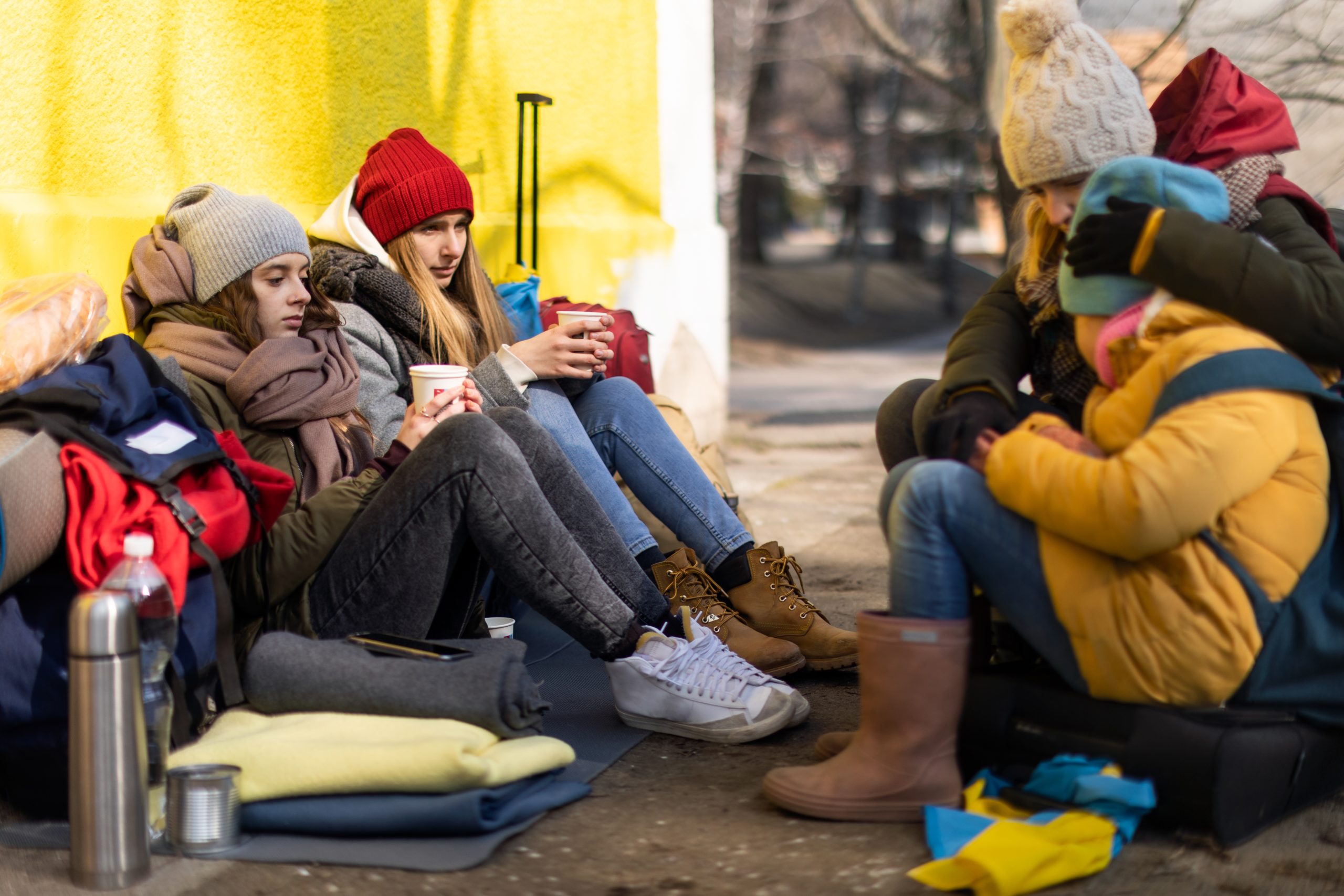More than one month into Russia’s invasion of Ukraine, with no hint of an imminent end, there are many questions surrounding the fate of the civilians who have been affected by this conflict—one being the fate of Ukrainian women and girls. Since the start of the military offensive, nearly 4 million people have fled to neighboring countries, a large majority of them women and children.
The United Nations (UN) and other nongovernmental organizations over the past several years have worked to raise awareness of war’s impact on women, including its considerable public health impacts.
In a 2003 address to the United Nations Security Council, then Under-Secretary-General for Peacekeeping Operations Jean-Marie Guéhenno communicated that women and girls often suffer disproportionately both during and after war, as existing inequalities are magnified and social networks break down, making them more vulnerable to sexual violence and exploitation. Susan McKay, in her 1998 article “The Effects of Armed Conflict on Girls and Women,” expanded on the impact of armed conflict, describing its potential effect on mental health and on women’s role as caregivers. As McKay describes, “Because women are the primary child caregivers, when they are affected by war, so are children… During and after wars, women are instrumental in providing a sense of family and community continuity that supports children’s healing from war-related trauma. Women’s physical and psychosocial health and survival are therefore critical to the well-being of children, both during and after conflict.”
Related to the war in Ukraine, there are also vital public health considerations resulting from its ensuing refugee crisis. Beyond the increasing attacks on health care facilities within Ukraine itself, surrounding countries are now feeling the effects of war. According to a March 2022 piece in The Lancet, not only are Ukraine’s neighboring countries raising concerns over health care capacity, but refugees are also at risk for poor mental health, are experiencing exhaustion—worsening existing chronic illnesses—and women are giving birth. Additionally, given some public health concerns in Ukraine, including a high incidence rate of tuberculosis, a major HIV/AIDS epidemic, and low COVID-19 vaccination rates, the European Centre for Disease Prevention and Control is advising neighboring countries to provide access to health care services to help mitigate the potential impact of these diseases. The Scientific American emphasizes that “there is a well-established link between war and disease outbreaks,” pointing to Syria’s refugee crisis spurring a measles outbreak and the Democratic Republic of the Congo’s conflict exacerbating the country’s Ebola outbreaks.
According to World Health Organization Director General Tedros Adhanom Ghebreyesus, “The war in Ukraine is having devastating consequences for the health of Ukraine’s people…that will reverberate for years or decades to come.” Support, medical care, and staff will be critical for neighboring countries’ health care systems to care for both their citizens and Ukrainian citizens, in addition to continued humanitarian assistance so health care workers and medical supplies can reach citizens in need.
Below are some of the organizations are currently offering assistance for Ukrainian relief and recovery efforts:
General Support Organizations
- Americares
- CARE
- Global Empowerment Mission
- Mercy Corps
- Razom Emergency Response
- RememberUs.org
- United Nations Population Fund
- World Help
Women-Focused Organizations
Medical Services Organizations
For more information on the impact of the war in Ukraine and its impact on women, you can read more here.
